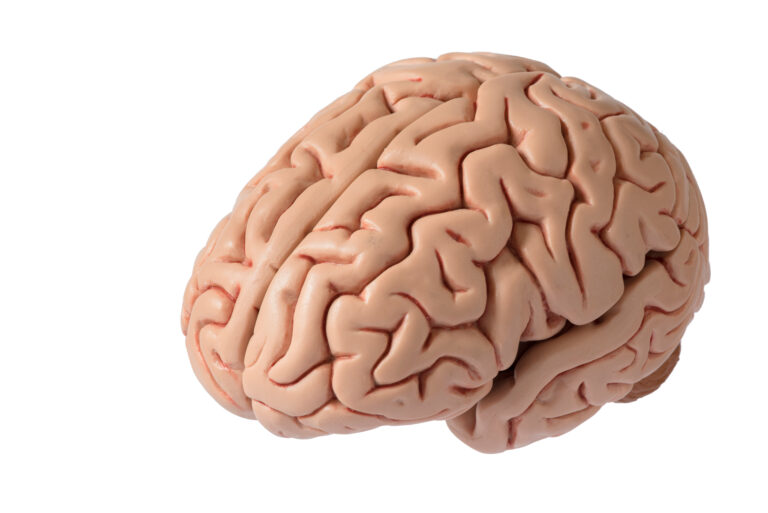Dementia is a progressive brain disorder that affects millions of people worldwide. It is a condition that causes a decline in memory, thinking, and behavior. As the disease progresses, patients may experience changes in their behavior, such as hiding things in strange places. This can be a confusing and frustrating behavior for both the patients and their loved ones. In this article, we will explore the reasons behind why dementia patients hide things in strange places.
What is Dementia?
Before we delve into the reasons behind this behavior, let’s first understand what dementia is. Dementia is not a specific disease, but rather a term used to describe a group of symptoms that affect memory, thinking, and social abilities severely enough to interfere with daily functioning. It is often associated with aging, but it is not a normal part of the aging process.
The most common form of dementia is Alzheimer’s disease, which accounts for 60-80% of cases. Other types of dementia include vascular dementia, Lewy body dementia, and frontotemporal dementia. Regardless of the type, all forms of dementia share similar symptoms, including memory loss, confusion, difficulty communicating, and changes in behavior.
One of the most challenging behaviors associated with dementia is when patients start hiding things in strange places. This can range from everyday items like keys and wallets to more valuable items like jewelry or important documents.
Reasons Behind Hiding Behaviors
As dementia progresses, patients face challenges in their daily lives. They may struggle to remember where they put things or how to use them properly. This can cause them to become anxious or frustrated, leading them to hide things in odd places. Here are some reasons why this behavior might occur:
1. Memory Loss: Memory loss is one of the hallmark symptoms of dementia. As the disease progresses, patients may have difficulty remembering where they placed things or even what those things are for. They may hide objects in strange places, thinking that they are keeping them safe.
2. Confusion: Dementia patients often experience confusion and disorientation, especially in the later stages of the disease. This can lead them to put things in unusual places without realizing it. For example, a patient may put their glasses in the fridge, thinking it is a safe place to keep them.
3. Fear of Theft: As dementia progresses, patients may become more paranoid and fearful. They may hide their belongings in strange places, thinking that someone will steal them. This behavior can also be a result of past experiences with theft, making the patient feel the need to hide their possessions.
4. Repetitive Behaviors: Some dementia patients may engage in repetitive behaviors, such as pacing or fidgeting. Hiding objects in strange places can also be a form of repetitive behavior for these patients. They may repeatedly hide and retrieve the same object without any apparent reason.
5. Sense of Control: Dementia patients often feel like they are losing control over their lives. Hiding things in strange places can give them a sense of control and ownership over their belongings. It can also be a way for them to remember where they put things, even if it doesn’t make sense to others.
6. Loss of Inhibition: As the disease progresses, patients may lose their inhibitions and engage in behaviors that they would not have done before. Hiding things in strange places can be a manifestation of this loss of inhibition, as patients may not understand that this behavior is not appropriate.
7. Memory Retrieval Strategy: In some cases, hiding things in strange places can be a memory retrieval strategy for dementia patients. They may associate certain objects with certain places, making it easier for them to remember where they put them.
Managing Hiding Behaviors
Hiding behaviors in dementia patients can be challenging for caregivers and family members. Here are some tips that can help manage this behavior:
1. Understand and Be Patient: The first step in managing this behavior is to understand that it is a symptom of the disease and not something the patient is doing intentionally. Be patient and try to empathize with the patient’s struggles.
2. Keep Important Items in Safe Places: To avoid losing important items, keep them in a designated and safe place where the patient can easily access them. This will also help reduce the patient’s anxiety and fear of theft.
3. Try Distraction and Redirection: Sometimes, distracting the patient with a different activity or redirecting their attention to something else can help prevent them from hiding things.
4. Label Objects and Places: Labeling objects and places with pictures or words can help patients remember where things go. This can also be a helpful memory retrieval strategy for them.
5. Seek Professional Help: If the behavior becomes too challenging to manage, seek help from a healthcare professional. They can provide guidance and strategies specific to the patient’s needs.
Conclusion
Dementia is a challenging disease that affects not only the patients but also their loved ones. Hiding things in strange places is a common behavior associated with dementia, and it can be frustrating for caregivers and family members. Understanding the reasons behind this behavior and implementing effective management strategies can help alleviate some of the challenges associated with it. With patience, empathy, and support, we can make life easier for both dementia patients and their caregivers.





